There’s plenty to see in Japan whether it’s your first trip or 10th. But regardless of whether you’re skiing in Hokkaido or seeing the main sights of Tokyo and Kyoto, it’s easy to tack on a side trip to tropical Okinawa. An archipelago of some 160 islands, 49 of which are inhabited, Okinawa offers the finest beaches I’ve seen in Japan, Japan’s best scuba diving, a World Heritage Site that celebrates Okinawa’s ancient Ryukyu Kingdom, memorial sites related to the horrific Battle of Okinawa, and family-oriented diversions such as an aquarium. Flights from Tokyo’s Haneda
airport take about three hours to reach Naha, almost 1,000 miles away from the capital and located on Okinawa Island, the main island. From there, both planes and ferries connect to Okinawa’s other islands.
The Ancient Ryuku Kingdom
Okinawa is distinctly different from the rest of Japan, so much so that it seems like a different country. That’s partly due to its location, between Japan’s southern main island of Kyushu and Taiwan. But it’s also because for 500 years it was its own kingdom–the Ryukyu Kingdom. Trading freely with China and Japan, the kingdom developed its own languages, culture, architecture, and cuisine. Amazingly, Okinawa was annexed to Japan only in 1868. In some ways, Okinawa could be called the Japanese version of the United States’ Hawaii.
The best place to learn about the ancient Ryukyu Kingdom is on Okinawa Island, at Shuri Castle, one of nine historic properties that make up the “Gusuku Sites and Related Properties of the Ryukyu Kingdom” World Heritage Site. First constructed between the 13th and 14th centuries, Shuri Castle was the center of the Rykyu world, where foreign dignitaries would be received and entertained and serving as both the king’s residence and the kingdom’s administrative and religious centers. Unfortunately, most of Shuri Castle was obliterated during the Battle of Okinawa, with most of what you see now an exact replica that nevertheless imparts the grandeur of Okinawa’s past.
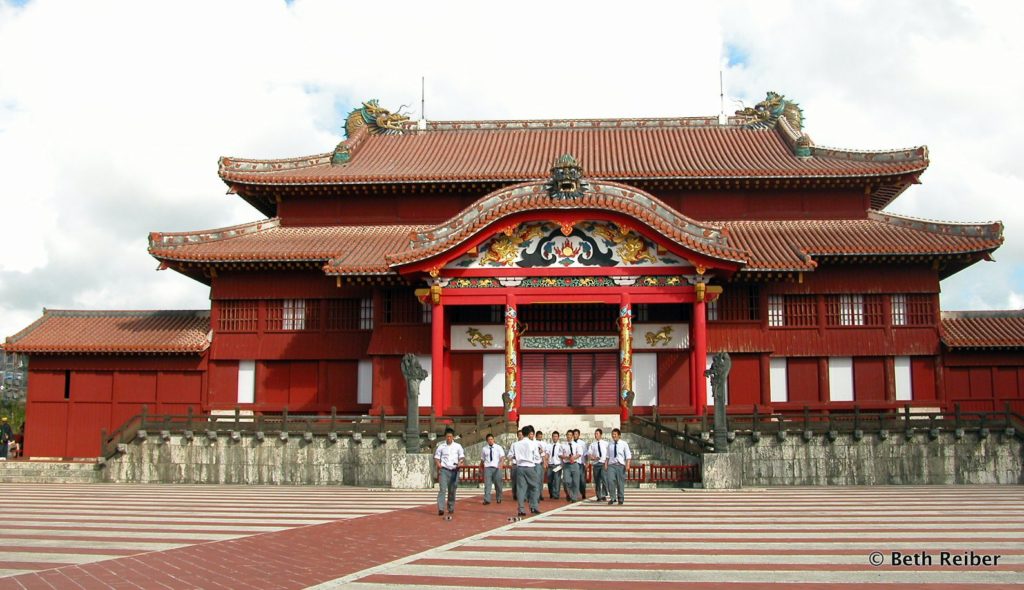
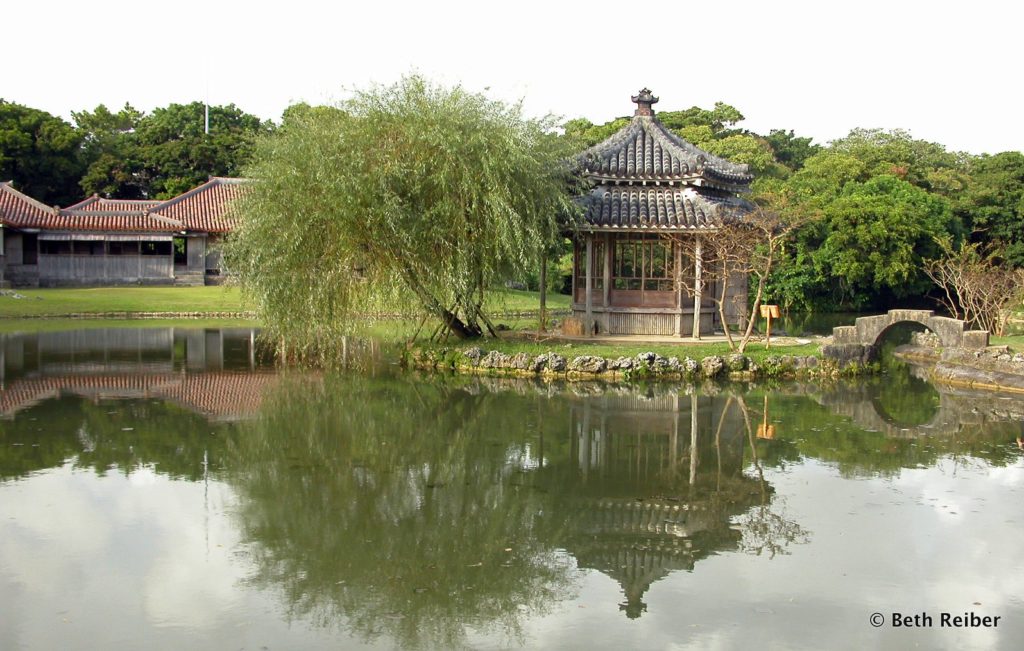
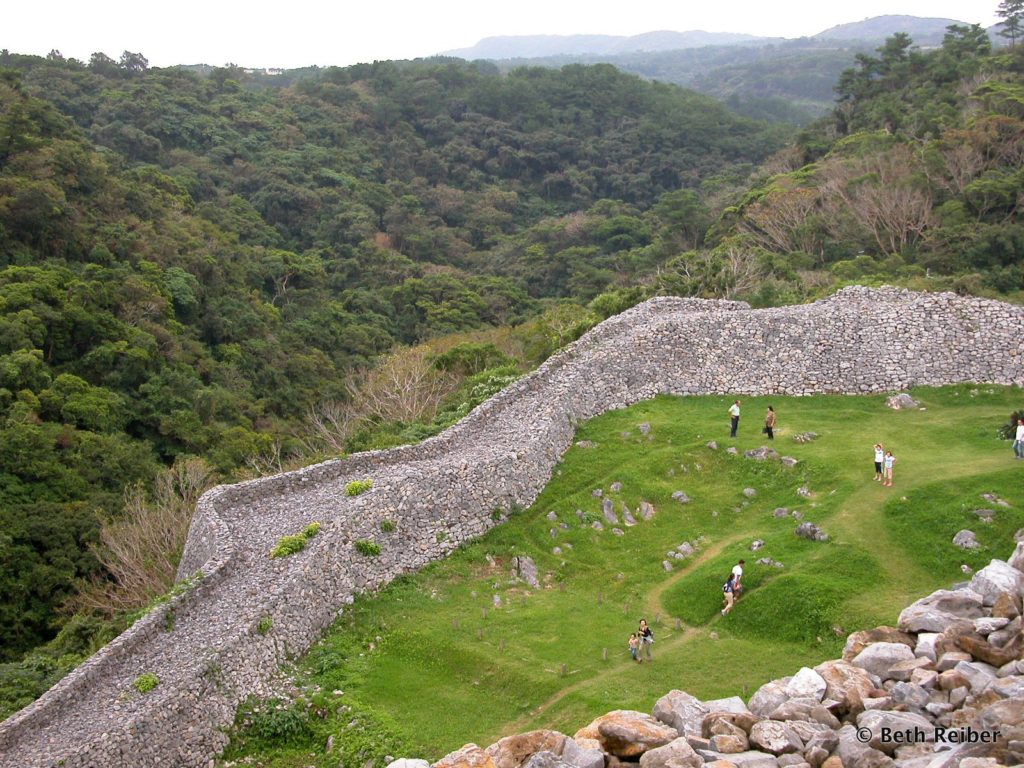
World War II Memorials
The Battle of Okinawa was the only confrontation between Allied and Japanese forces on Japanese soil. The battle started on April 1, 1945, when Allied troops scurried ashore with the goal of capturing the island and making it their base for an invasion of mainland Japan. The battle raged for 82 days, with Japanese soldiers utilizing natural caves and man-made tunnels for defense. Okinawans were drafted to care for the wounded and perform other tasks, usually under brutal conditions. By the time the fighting was over, more than 200,000 people had died, approximately half of them civilians. What makes the civilian loss even more tragic is that just a few weeks later, after atomic bombs laid Hiroshima and Nagasaki to waste, the Japanese surrendered.
The best place to learn about the impact of the Battle of Okinawa on the Okinawan people is at the Okinawa Prefectural Peach Memorial Museum, on the southern end of Okinawa Island where most of the fighting occurred. Through dioramas, videos, photographs, three-dimensional maps, testimonials and an audio guide in English, visitors are introduced to the horrors suffered by the local populace, many of whom were blown to bits by shells or artillery fire, torched by flamethrowers, died of starvation or malaria, committed suicide (some against their will) or were killed by retreating Japanese troops. The museum also does an excellent job describing Japan’s virtual takeover of Okinawa when it annexed it as a prefecture, as well as its occupation by a huge U.S. military base, formed by confiscating land that had belonged to Okinawans for generations. After visiting this museum, I understood perfectly why locals have long protested against U.S. military presence on their island. In some ways, it must feel like Allied occupation has never ended.
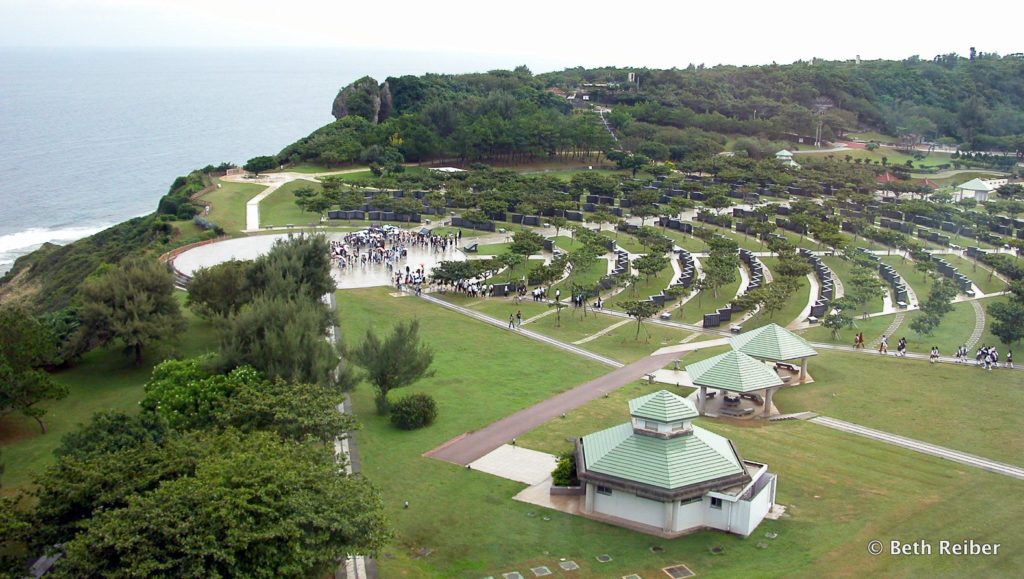
Nearby are two other World War II sites. The Underground Headquarters of the Japanese Navy is where the navy took its last stand. Stretching 1,475 feet (450m), the tunnels were built by the forced mobilization of civilians using only shovels and pickaxes. Rather than surrender, most of the Japanese staff committed suicide, with 2,400 bodies recovered after the war. But for me, the most heart-wrenching story is told at the Himeyuri Peace Museum, commemorating 240 girls and teachers who were forced to serve as nurse assistants at an army hospital buried inside a series of caves. In filthy and hideous conditions, they cared for the wounded, carried water and food, disposed of amputated limbs and buried the dead. When it was apparent the battle was nearing its end, the girls and women were forced out of the caves to fend for themselves, where most of them died in conflict or, fearing rape, took their own lives.
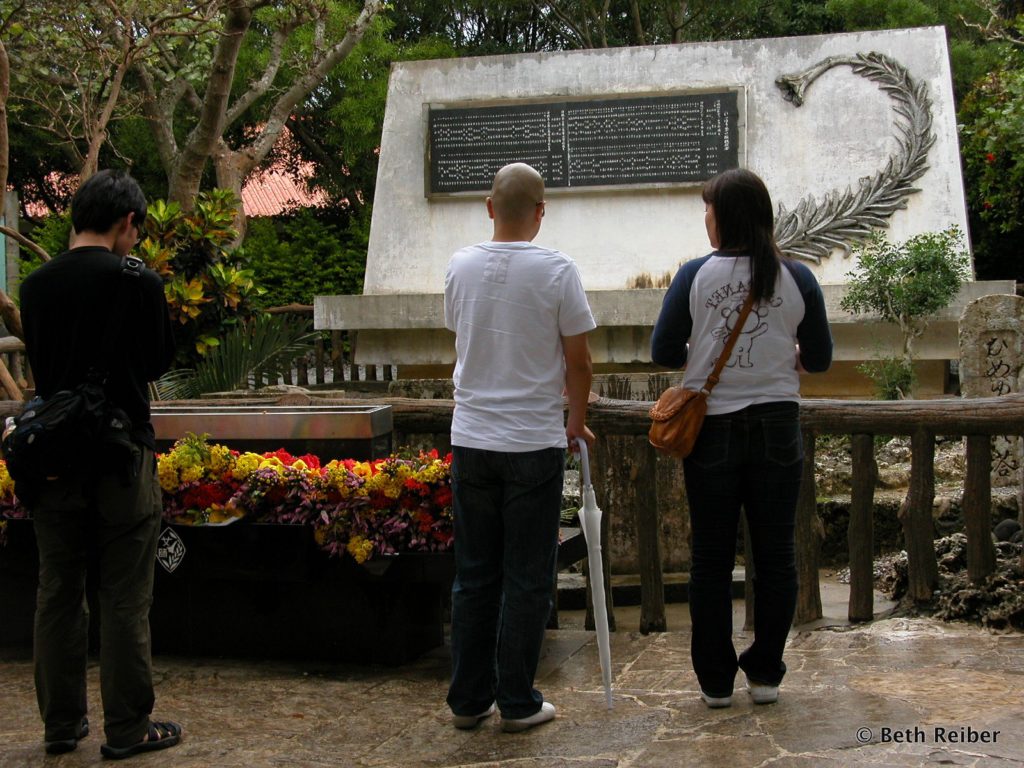
Other Things to do on Okinawa Island
Also on the southern end of Okinawa Island is Okinawa World, Okinawa’s largest theme park with a display of old Okinawa homes, workshops where you can try your hand at indigo dyeing, weaving and other local crafts, the Gyokusendo limestone cafe, Eisa folk dances, and–I’ve never understood the popularity of this–a fight between a mongoose and the poisonous indigenous habu snake (in my experience, the mongoose always wins).
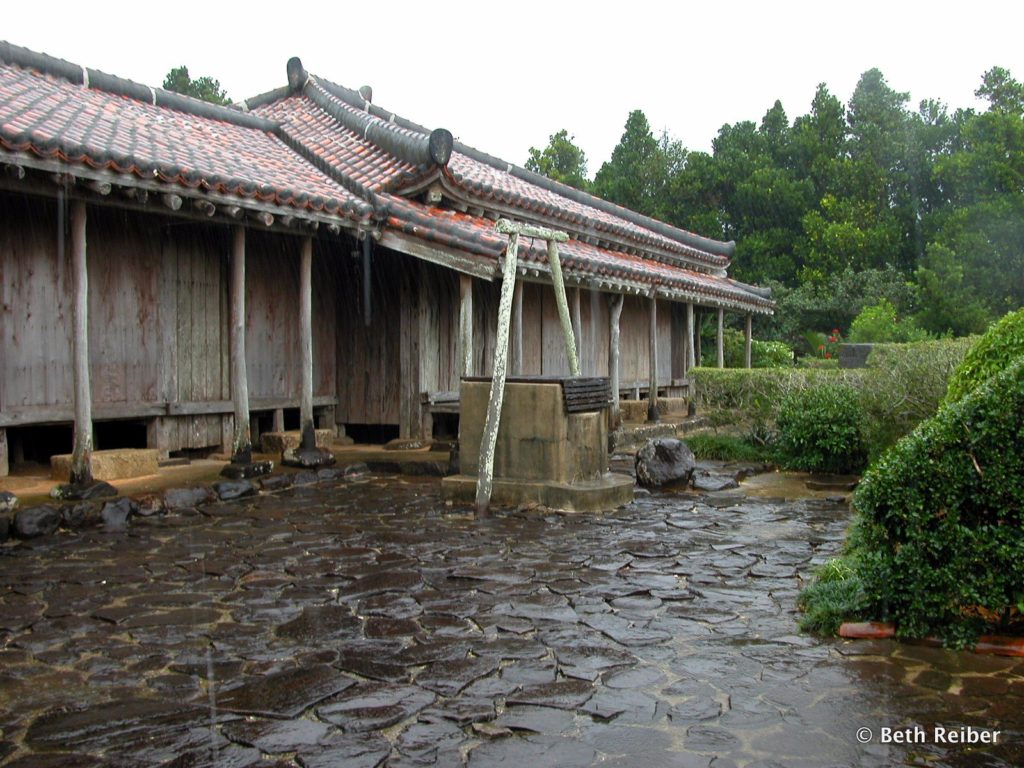
Ocean Expo Park, at the island’s northwestern end, is an expansive park that served as the site of the 1975 International Ocean Expo. There are several attractions here, including the recreated Native Okinawan Village as it might have looked during the Ryukyu Kingdom period, with thatch-roofed houses and grand residences of nobility, while the Oceanic Culture Museum celebrates the lifestyle and culture of oceanic people from Asia through the South Pacific. But the best thing is the Okinawa Churaumi Aquarium, which focuses on surrounding currents and oceans.
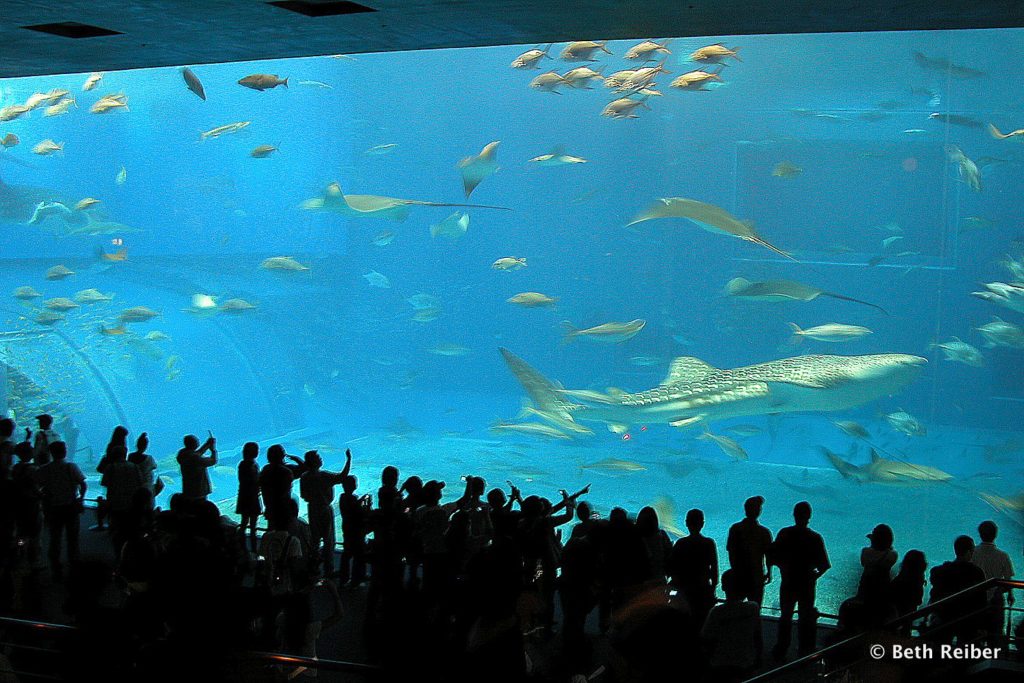
One of Okinawa Island’s many beaches, Emerald Beach is also located in Ocean Expo Park. Other popular swimming spots include Naminoue Beach in Naha, as well as Okuma Beach, Manza Beach, White Beach and Ikei Beach, while the most popular dive spot is Maeda Point. Although you can dive year-round, the swimming season runs from about March through October unless you’re wearing a wetsuit.
Beyond Okinawa Island
Of course, there’s much more to see than just Okinawa Island, so you could literally spend your entire Japanese vacation just visiting Okinawa’s many islands. I’ve visited Kume Island twice and find it a great escape for its beaches and relaxed rural life, while Ishigaki Island, closer to Taiwan than to Okinawa Island, is the jumping-off point for more remote islands. Just a short ferry ride away from Ishigaki is Iriomote Island, the second-largest Okinawan island after Okinawa Island but nicely protected, with a a dense subtropical forest and Japan’s largest mangrove swamp.
Okinawan Cuisine
Dining on Okinawan cuisine might make you live longer! Okinawans are known to be among the longest-living people on earth, with a natural diet that is traditionally healthy. Otherwise, typical dishes include those made from pork–like pigs’ feet simmered in soy sauce and sake, and pork belly simmered in fish broth and sake–and from goya (bittermelon), but there are also dishes influenced by the U.S. military, like the ubiquitous taco rice and spam sandwiches. In any case, you’ll want to try the local awamori liquor, made from imported Thai rice.
With its laid-back atmosphere, natural beauty, and healthy cuisine, is it any surprise Okinawans live a long life?
In case you’d like guidance, a very savvy woman I know offers tours of Okinawa Island. Check out her tours at Okinawa Guide by Kumiko.
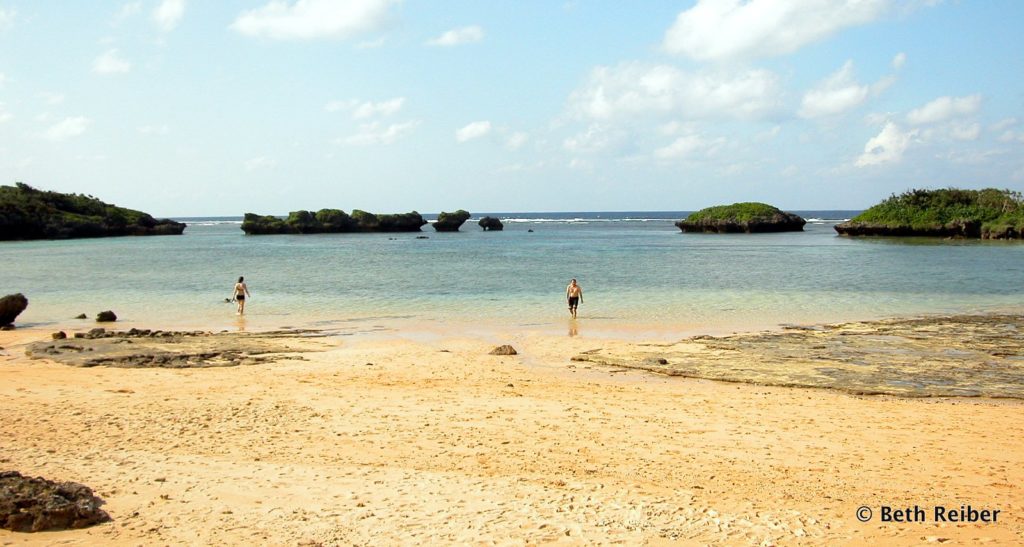
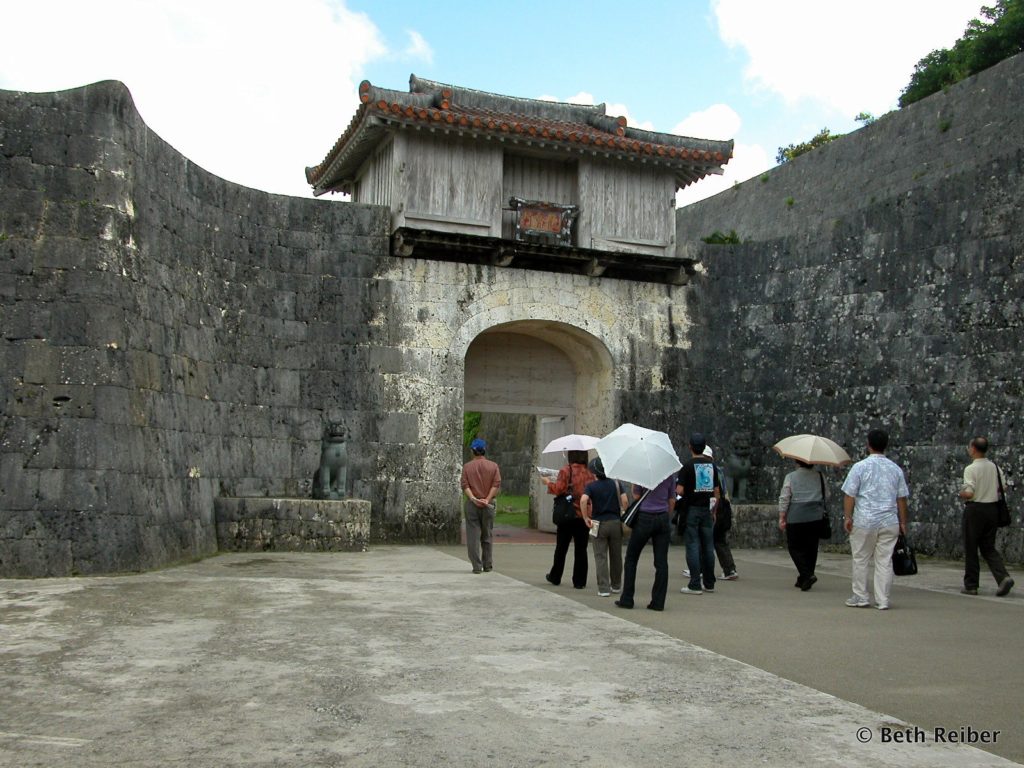
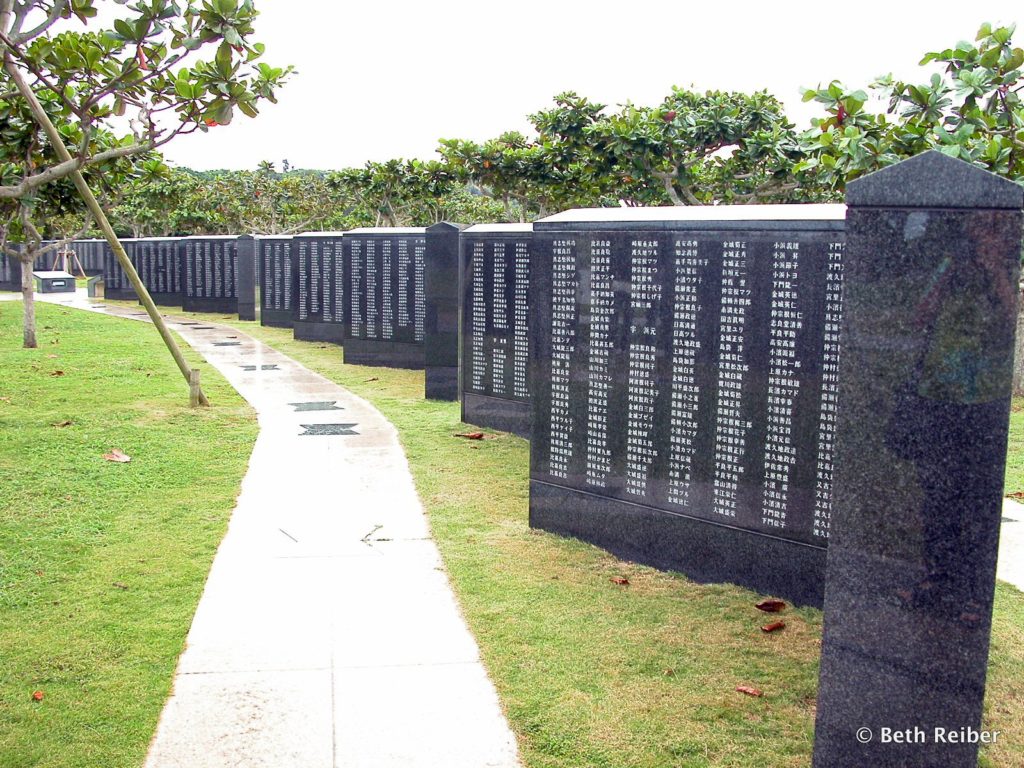
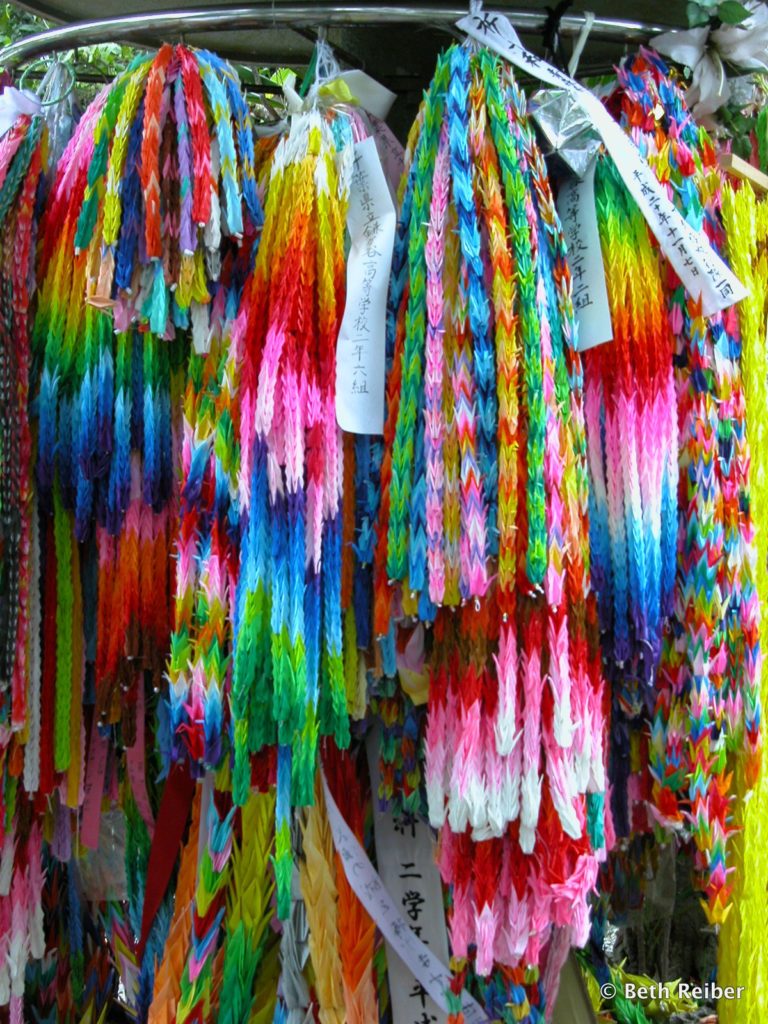
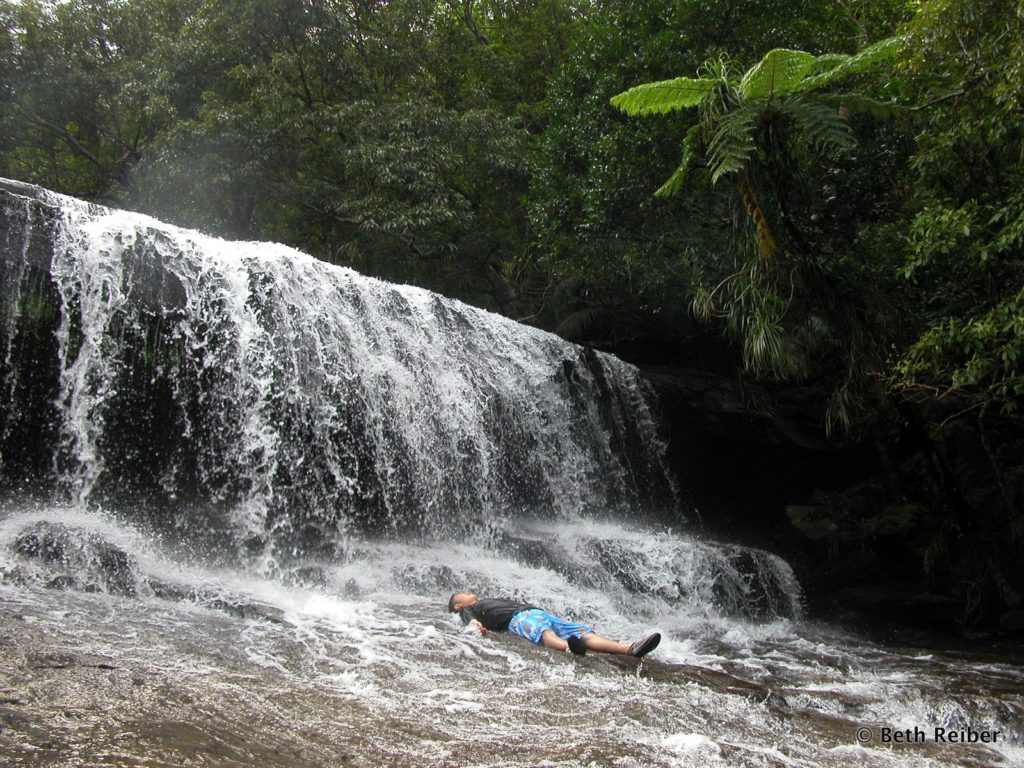
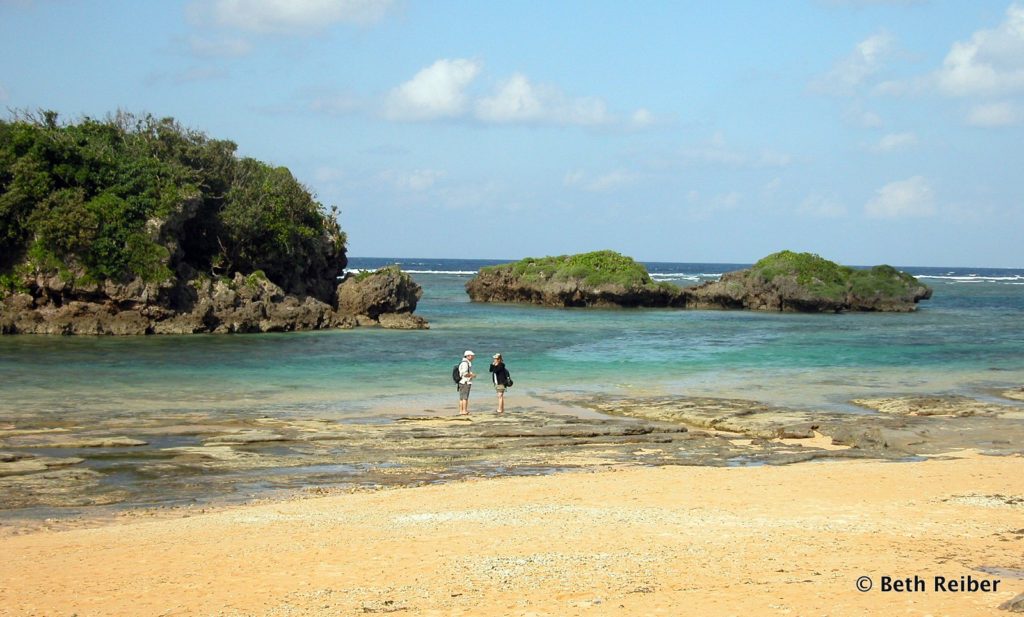
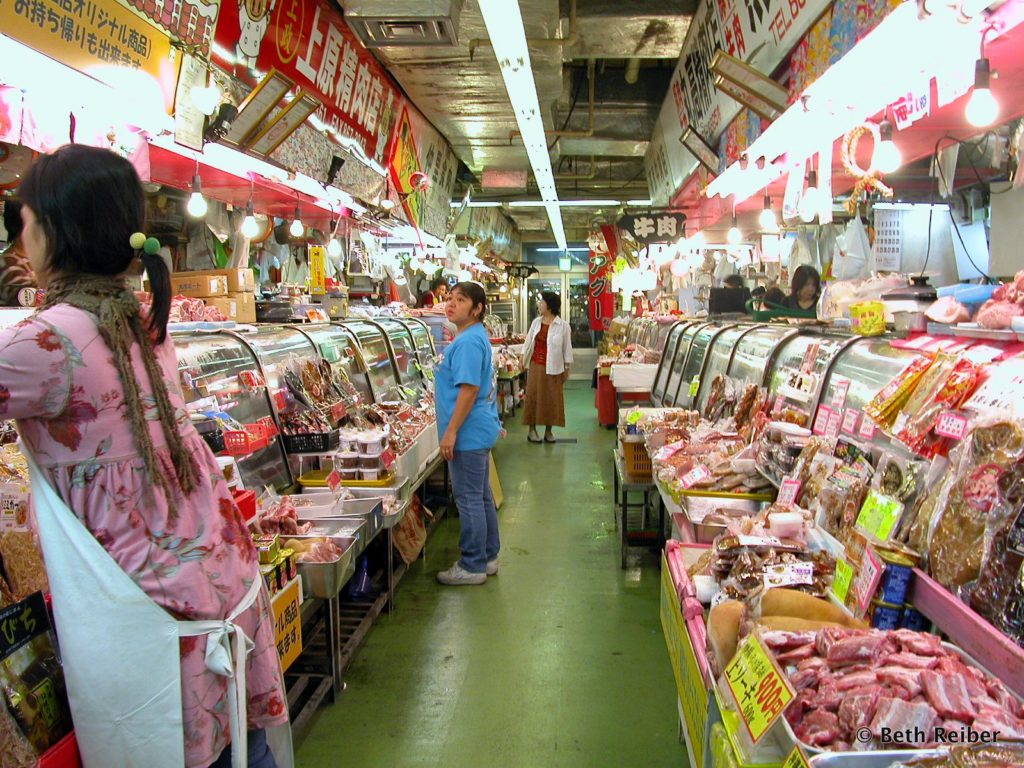
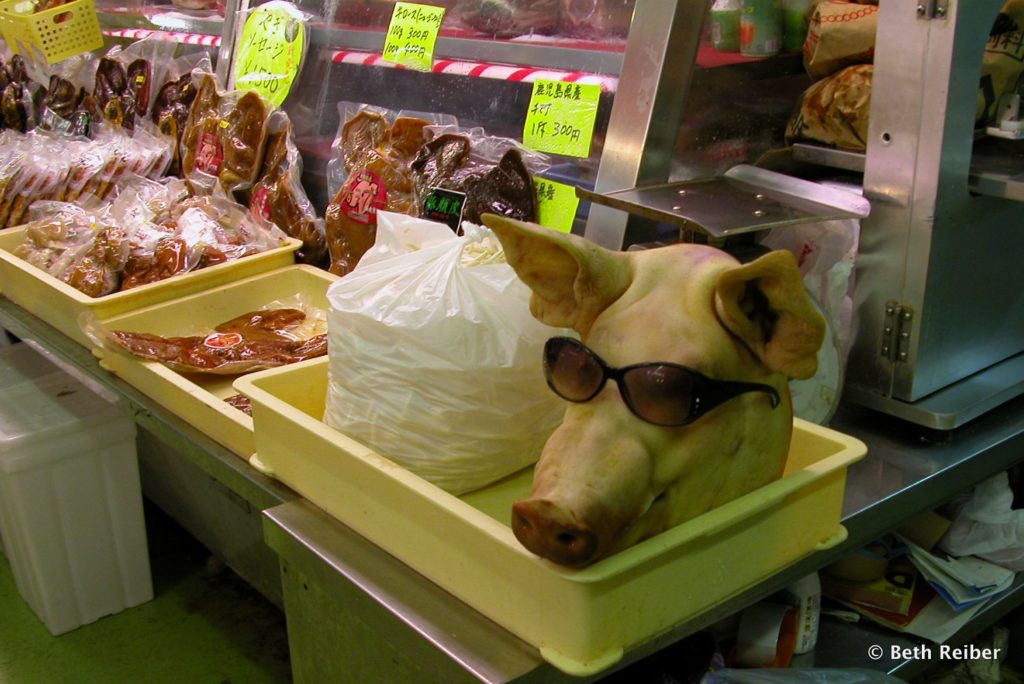
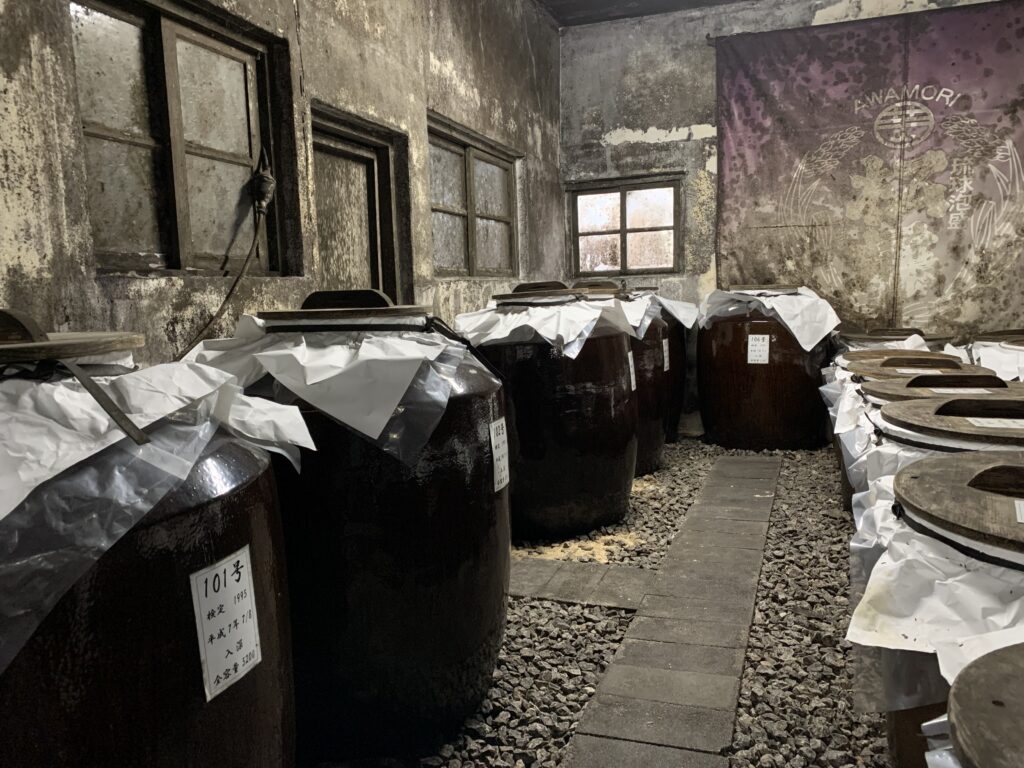
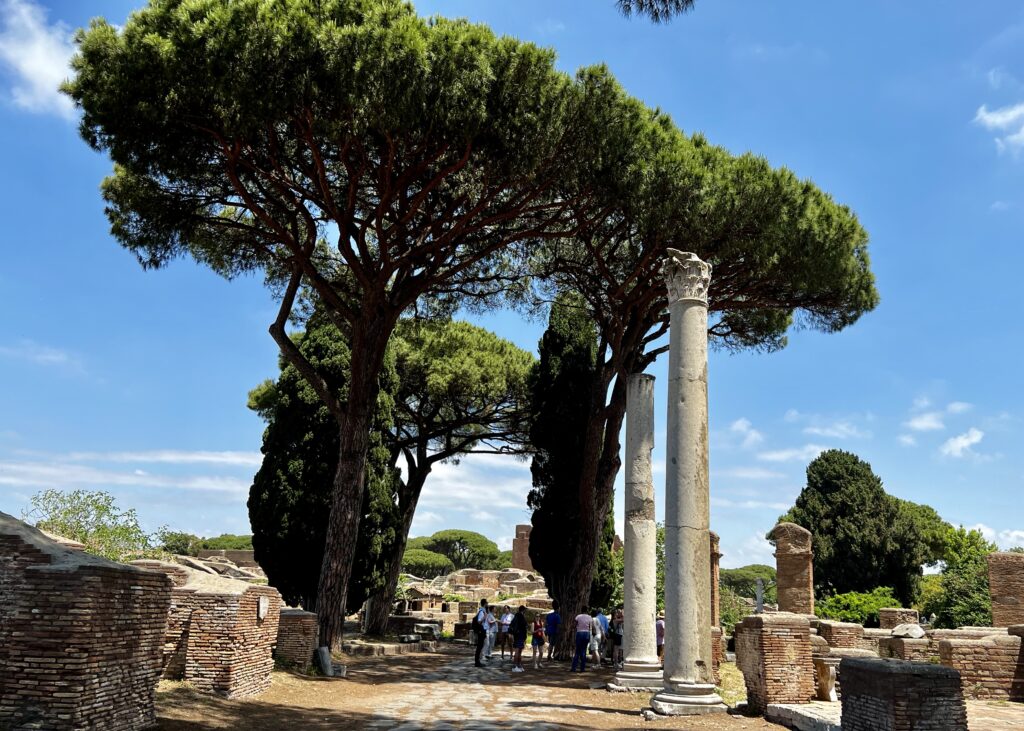
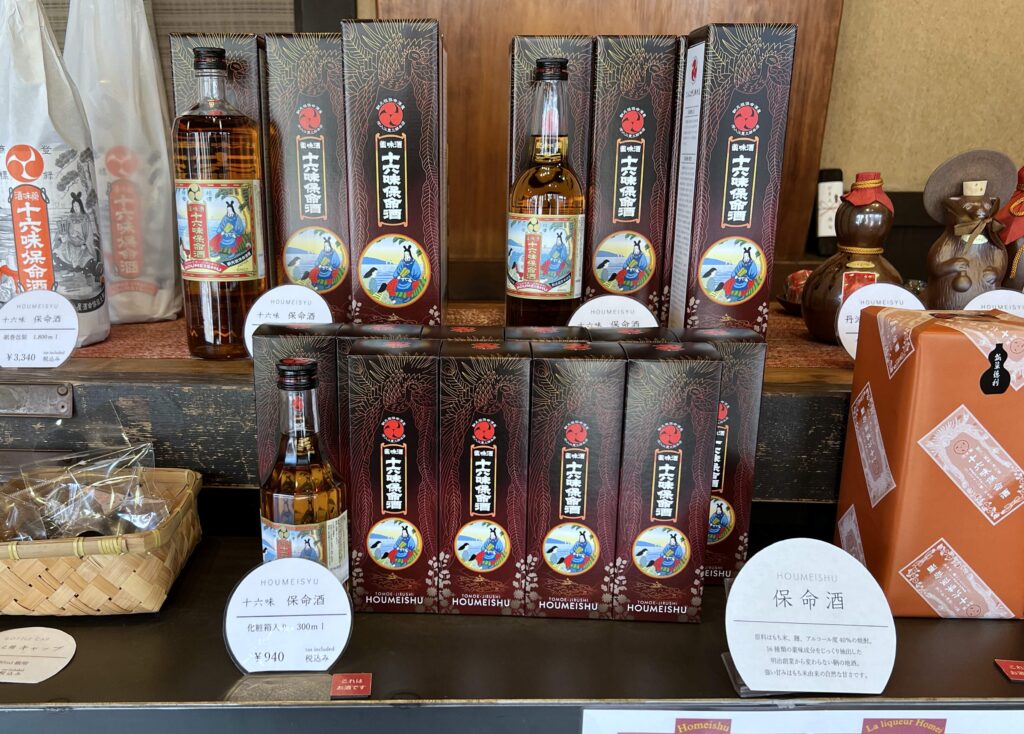
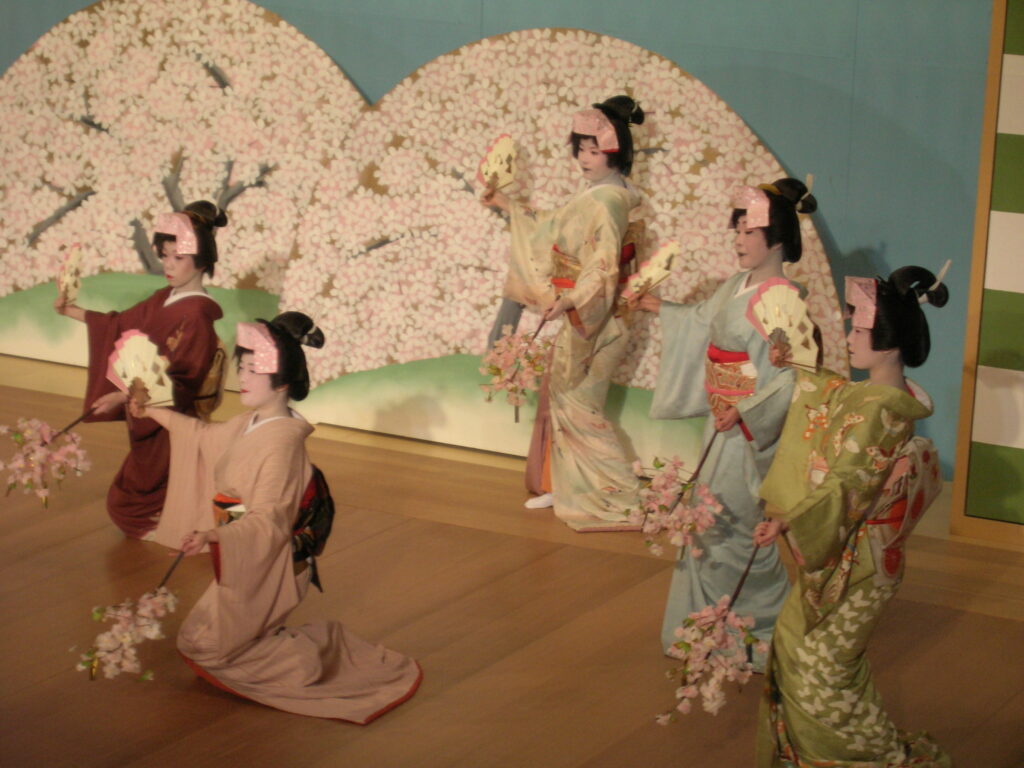
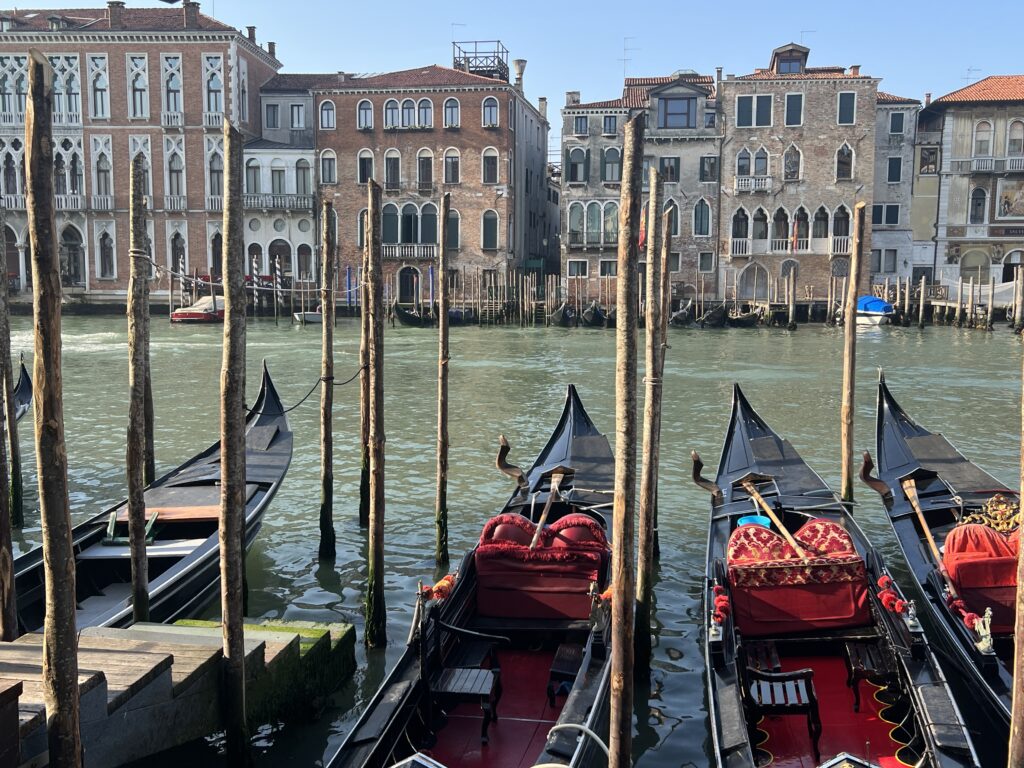
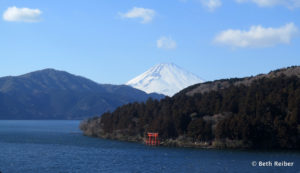
Great article about a relatively unknown place. I want to go!